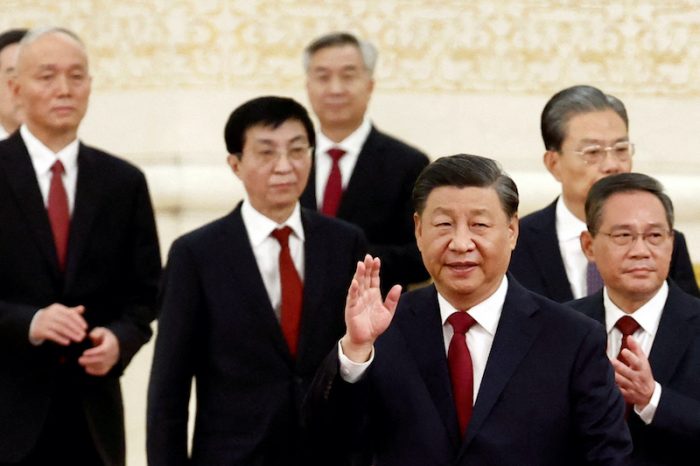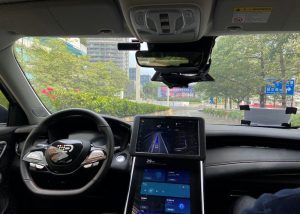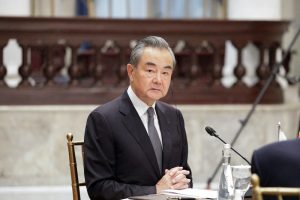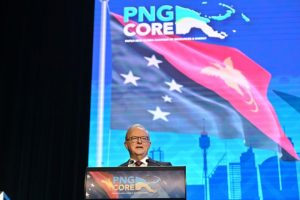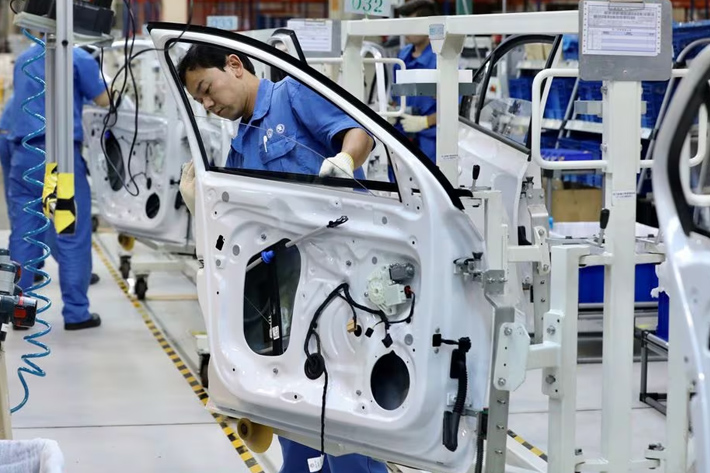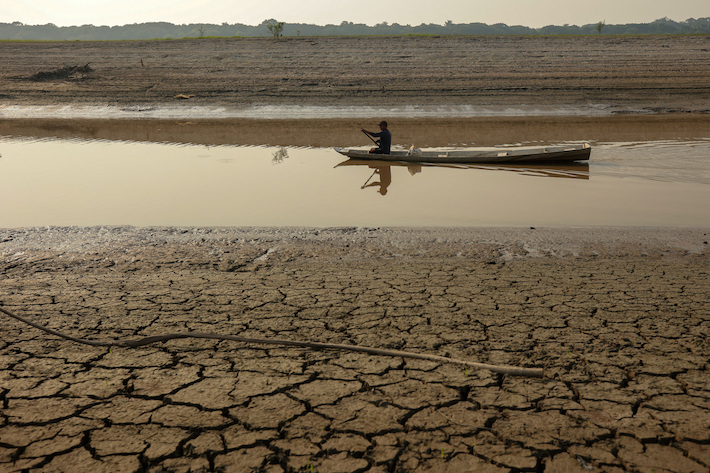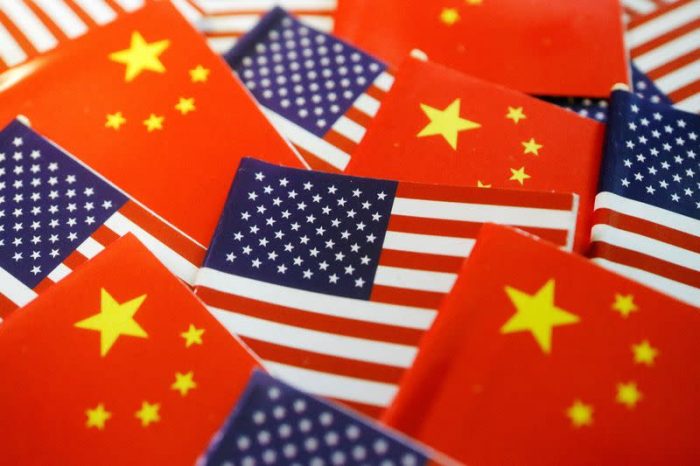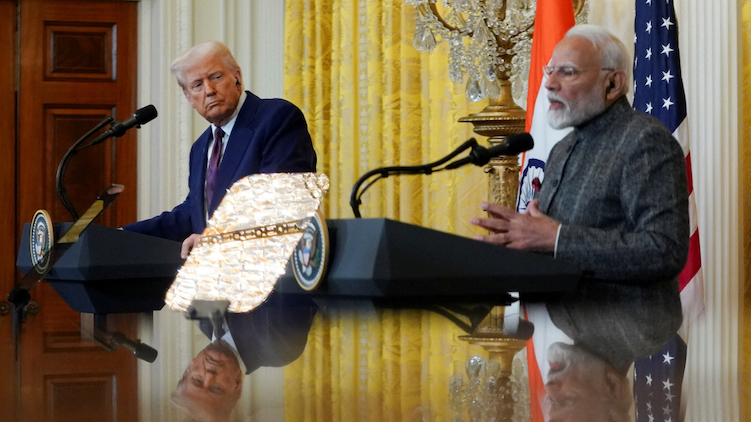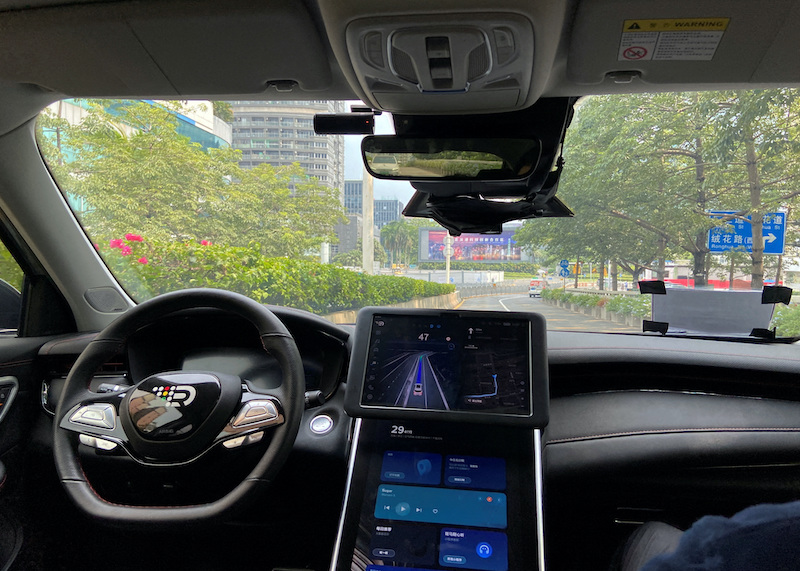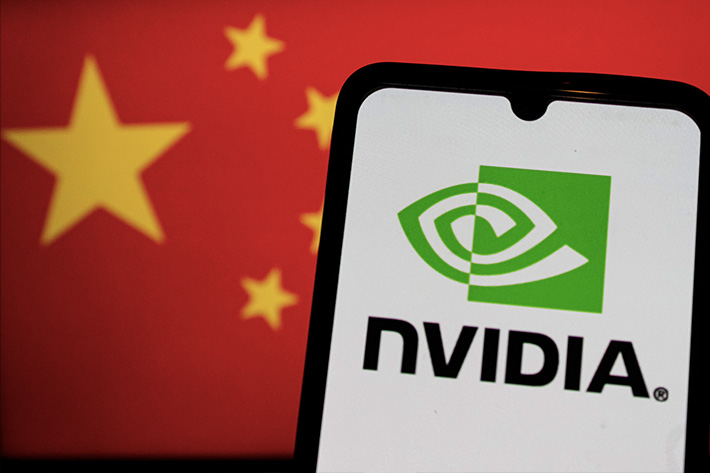China’s Politburo leaders vowed this week to confront the country’s economic risks, in particular the price-cutting and disorderly competition that has ravaged several sectors.
They have vowed to support the economy by boosting capacity cuts in key industries in the second half of the year. It calls this ‘capacity management.’
The official news agency Xinhua said on Wednesday that leaders had signalled they will rein in price wars among producers, amid growing expectations that Beijing may be about to start a new round of factory capacity cuts in a long-awaited but challenging campaign against deflation.
ALSO SEE: Huge Quake Off Russian Far East Puts Japan, Asia Pacific on Alert
Xinhua cited a summary of the proceedings of a meeting of China’s Politburo, a top decision-making body of the ruling Communist Party whose July gathering sets the economic course for the rest of the year.
It said that in the second half China would keep policy steady with “flexibility and foresight”, while looking to stabilise employment, companies, the market, and expectations.
Analysts said policymakers may feel less urgency to introduce new stimulus measures, as stronger than expected economic data and a continued tariff truce with Washington allow greater focus on supply-side measures to combat overcapacity and deflation.
“There is a stronger emphasis on recognising potential risks from demand-supply imbalance,” said Gary Ng, senior economist at Natixis.
“The government is also more willing to take measures to battle deflationary pressure and overcapacity in the manufacturing sector. However, the stress has not pushed policymakers to commit to more immediate stimulus, as they only keep the options open if needed.”
‘Wait and see mode’
Separately, state media quoted President Xi Jinping as saying at a symposium that China should effectively boost consumption and break the cycle of “involution,” a term widely used in China to describe a situation where intense competition among companies leads to diminishing returns, and even losses.
China will continue to pursue a more proactive fiscal policy and an “appropriately loose” monetary policy, the summary showed, but unlike the April meeting made no mention of interest rates or reserve requirement ratio cuts.
Top leaders also called for the use of structural monetary policy tools to provide stronger support for technological innovation, boost consumption, aid small firms, and stabilise foreign trade.
Beijing claims the world’s second-largest economy grew 5.2% in the second quarter, ahead of expectations, but analysts say weak domestic demand and rising global trade risks may prompt policymakers to introduce further stimulus.
China is targeting economic growth of around 5% in 2025.
“Policymakers are taking a wait-and-see mode for now, but they will take action whenever the growth target is under threat,” Larry Hu, chief China economist at Macquarie, said in a note.
Plenum in October to focus on 2026-30 plan
The 15th five-year period (2026–2030) will be crucial for China to achieve economic modernisation, as the country’s development environment faces profound and complex changes, Xinhua reported.
The leadership will hold a fourth plenum in October, according to Xinhua. Analysts expect the meeting will focus on discussions for the new five-year plan.
Meanwhile, the economy faces persistent deflationary pressures, as producer prices dropped for the 33rd straight month in June.
A prolonged property downturn is also weighing on the economy despite policy support, while analysts expect the impact of a consumer goods trade-in scheme to fade in the coming months.
“At present, China’s economic performance still faces many risks and challenges,” Xinhua quoted the Politburo as saying.
‘Constructive’ talks in Stockholm
The economy has been helped by a rush among exporters to capitalise on a tariff truce between Beijing and Washington.
The two countries agreed to seek an extension of their 90-day tariff truce on Tuesday, following two days of what both sides described as constructive talks in Stockholm aimed at defusing an escalating trade war.
China will unleash the potential of domestic demand and take steps to boost consumption, Xinhua said, adding the issuance and use of government bonds would be accelerated, with more efficient usage.
It will also promote technological innovation and speed the growth of emerging pillar industries that are globally competitive, while curbing disorderly competition.
“Disorderly competition among enterprises must be governed according to laws and regulations,” the summary read. “Capacity management in key industries should be advanced.”
Some analysts believe that stimulating consumer demand remains key to effectively fighting deflation.
- Reuters with additional editing by Jim Pollard
NOTE: The headline on this report was amended on July 30, 2025.
ALSO SEE:
Is China Finally Set to Rein in its Huge Industrial Overcapacity?
Chinese AI Firms, Chipmakers Form Alliance To Ditch Foreign Tech
China’s Xi Issues Rare Warning on Over-Investment in EVs, AI – FT
China Softens Tone on US Ties Amid Potential Thaw In Chip War
China’s Criticism of Price Wars Sheds Light on Xi’s ‘Waning’ Power
China’s Intense EV Price War Taking a Toll on Car Dealers
A Deflationary Spiral Looms Over China as Overcapacity Bites
Solar Overcapacity Kills Projects, Fuels Bankruptcies In China
Creative Ideas Needed to Stem China’s Overcapacity: US Official




